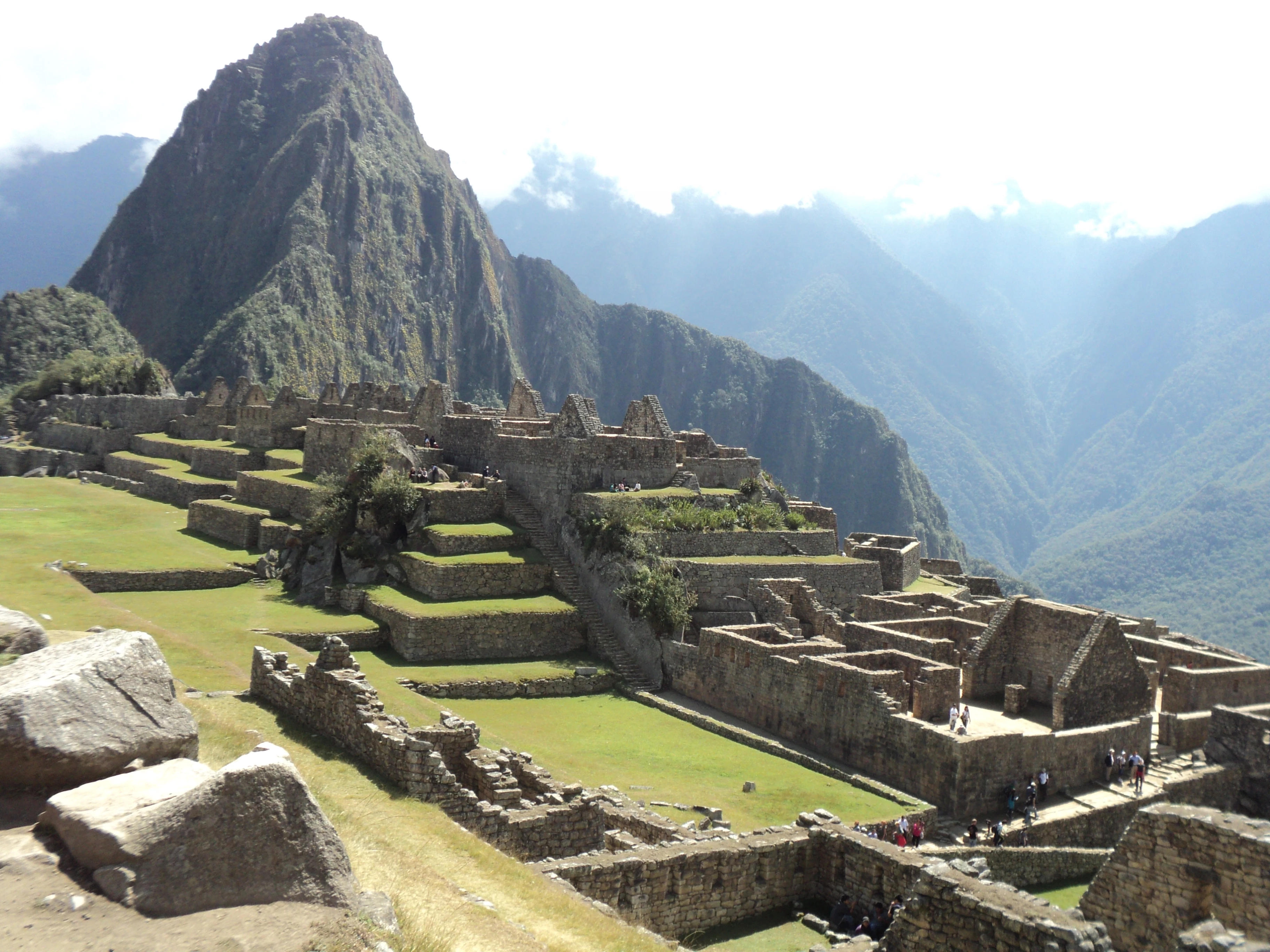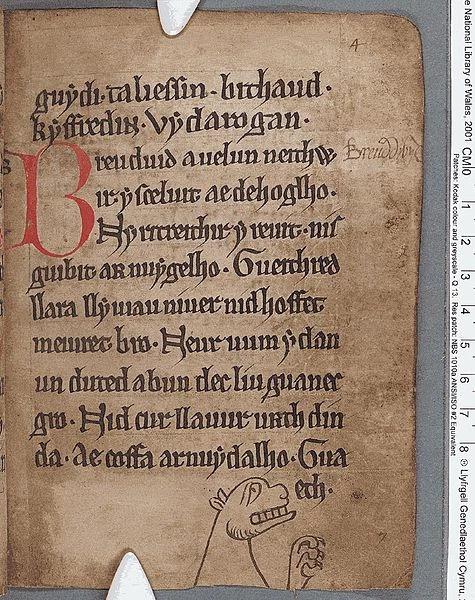Hafan y Blog
The Incas of South America had the largest empire in the Americas, spreading along most of the western coast. Much of their empire was located in difficult terrain, the vast mountains and valleys of the Andes. However, this did not stop them from building over 14,000 miles of paved road or constructing cities in remote areas. Machu Picchu was built in one of the most remote areas of their empire in the 15th century. It had been abandoned within a hundred years and became lost to all but the local indigenous people. On the 24th of July 1911, American historian and adventurer Hiram Bingham III was led to the site and reintroduced Machu Picchu to the world. The Spanish conquistadors had not found the mountaintop city and because of that the wealth of archaeological material remained intact for archaeologists to study. It was enshrined as a UNESCO World Heritage Site in 1983 and in 2007 it was voted as one of the New Seven Wonders of the World in a public poll.
Population increase, dispute with neighbouring groups or changes in the environment can all lead groups to relocate. Skara Brae, on Mainland in the Orkneys, was a Neolithic settlement dating back almost 5,000 years. Located along the sandy coastline, it was a small settlement of only eight houses. It was most likely only occupied for a century before the residents decided to move further inland. Due to its location, once abandoned, it became buried beneath the ever blowing sands. Some 4,000 years later, in 1850, a winter storm battered the coast and exposed the outline of some of the buildings. It was not excavated until 1924 after one of the houses was damaged by another storm. It is one of the best preserved Neolithic villages in Europe and was enshrined as a UNESCO World Heritage Site as part of the Heart of Neolithic Orkney group in 1999.
The Southwest region of the US is full of heritage sites linked to the indigenous people who first arrived in North America from Asia. The Ancestral Puebloan, or Anasazi, culture flourished in the Four Corners region (where Colorado, Utah, Arizona and New Mexico meet) between the 6th and 14th centuries AD. They farmed and hunted along the plateaus (or mesas) of the canyon. By the 12th century, they had moved from living on top of the mesas into the valleys where they built ornate cliff dwellings. At Mesa Verde, Colorado, there are over 4,700 archaeological sites, 600 of them cliff dwellings. The dwellings range in size from small rooms used for storage to multi-level villages. The Anasazis disappeared by the beginning of the 14th century and Mesa Verde was lost in its remote setting for over 500 years. It became a National Park in 1906 and a UNESCO World Heritage Site in 1978.
If you'd rather stay a little closer to home while searching out lost cities have no fear, Wales has its very own. Cantre’r Gwaelod was once a kingdom of fertile land which sat off the coast in Cardigan Bay. According to legend tragedy struck and the surrounding sea reclaimed the land. In the Black Book of Carmarthen, written in the 13th century, the blame is laid at the feet of a well maiden who was ignoring her duty and let the well overflow. In other tellings, it is the fault of a drunken guard who was in charge of closing the floodgates. While there is no definitive proof of Cantre’r Gwaelod’s existence there are curious clues along the coast. In several places between Aberystwyth and Harlech there is evidence of causeways stretching out into Cardigan Bay. The remains of a forest,now underwater, can also sometimes be seen.




sylw - (1)
I would like the opportunity of attending one of your lectures on Lost Cities/Civilisations and would appreciate it if you could send me your lecture schedule for the next 12 months so I can have the opportunity of attending.
Thank you for your assistance in this request.
Yours faithfully
Peter Brown